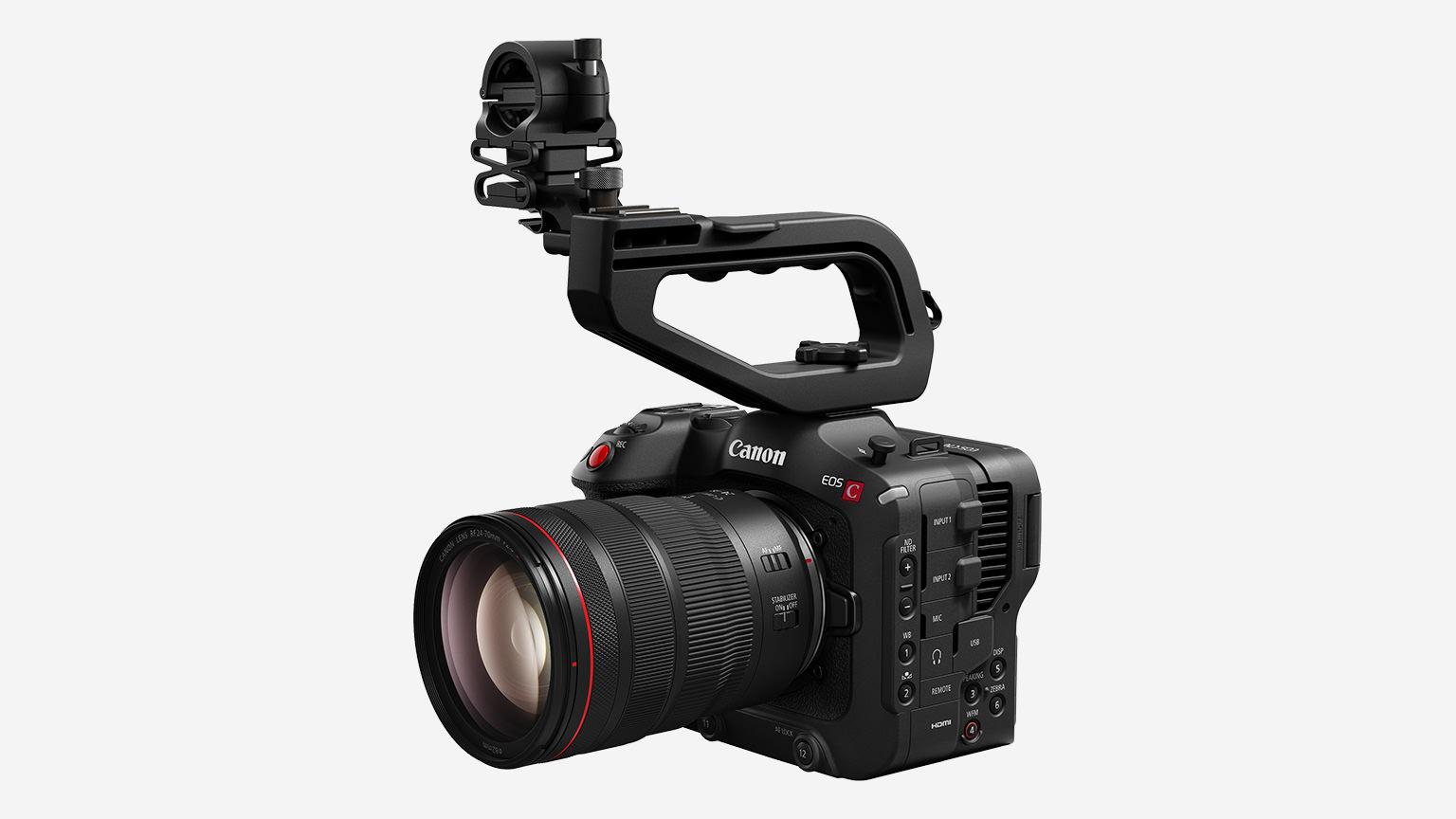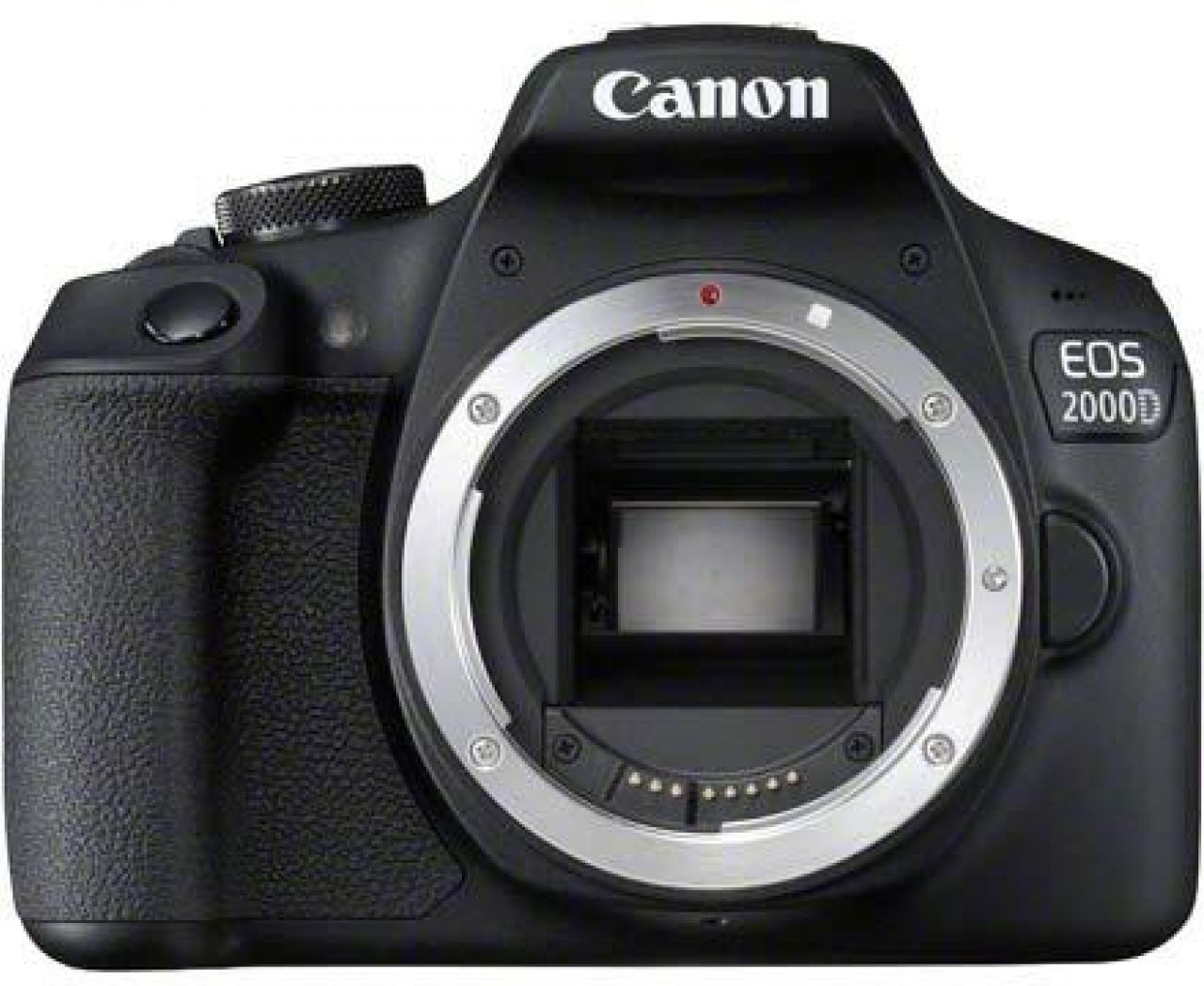
#Canon digital professional save original pro#
With the launch of Canon Digital Photo Pro 4.0 comes an updated EOS Utility 3 and the two pieces of software now offer better integration. While the main monitor can be used to perform delicate adjustments, a secondary image window for images can be used as a magnifier for closer inspection of part of an image.


By adjusting highlights, it is now possible to reproduce tones such as those in clouds and peoples’ faces that would previously have appeared washed out.įor those photographers with dual monitors, DPP 4.0 allows a secondary monitor to be used as the preview window on the primary display.
#Canon digital professional save original skin#
This is particularly useful when adjusting background tones in portraits, where there might previously have been a risk of giving a color cast to skin tones, for example.Ĭanon software developers have re-engineered the processing algorithms to increase the freedom in tonal rendering. Digital Photo Pro is included in the initial software setup for your Canon camera.Ī new color adjustment palette allows hue, saturation, and luminance adjustment for eight individual color gamuts, enabling the user to adjust one specific color in isolation without affecting the image as a whole. An example of the available editing functions is image rotation, white balance adjustment, dynamic range adjustment, color adjustment, and fine-tuning of tone curve characteristics.Ĭanon Digital Photo Pro supports sRGB, Adobe RGB, Wide Gamut RGB, and Colour Management System (CMS) using the International Colour Consortium (ICC) Profile. Using DPP you can easily perform basic and advanced editing and printing of RAW images. In the end it all comes down to which works best for what you want to do with your images.Canon Digital Photo Professional (DPP) is a high-performance RAW image processing, viewing, and editing software for EOS digital cameras and PowerShot models with RAW capability. I personally prefer Canon's Digital Photo Professional for the precise color control it allows and the resulting color that one can get from Canon. Others include products from Corel ( Paintshop Pro), DxO ( DxO Optics Pro), Phase one ( Capture One Pro), and On1 ( On1 Raw). cr2 images are Adobe's Lightroom and Photoshop, both of which use the Adobe Camera Raw engine under the hood to develop raw image files, and Canon's own Digital Photo Professional. Some of the most popular applications used to edit. If we knew what Picture Style you shot with and what application you are using as well as the default profile being used to open the images we would be able to help you in more detail. How you can specifically do that is a little broad for a single question here without knowing exactly what application you are using to edit your images. You just have to tell the application you're using to develop/edit the image to render it the way you want to.

The information you need to do either one is still in there. cr2 file you still have the information you need to edit the photo in whatever way you wish: B&W or color. Here is the good news: As long as you have the original. You may be seeing the raw data as interpreted by the application's default rendering profile.

What you see when you open the images on your computer may be one of several things depending on the application your are using to open them and the default settings that have been selected for that application.cr2 file but is in a separate part of the file from the raw data that was collected by the sensor. This jpeg preview image is also attached to the. It is a preview image that is a jpeg developed by the camera from the raw data using the in-camera development settings at the time the image was taken. The picture you see on the back of your camera is not the raw data.The development settings (white balance, contrast, saturation, etc.) are saved on the side as a list of ways to interpret the raw data, but all of the data collected by the sensor is still contained in the actual raw data. Regardless of what photo style and other in-camera development settings are chosen when you take the picture, all of the data collected by the sensor is saved to the raw file.Or maybe you shot the images with another picture style setting that rendered color images on the camera's preview screen but now when you open them in a raw editing application on your computer they are being rendered in B&W?Įither way there are a couple of things you should keep in mind about the difference between the main information stored in the raw file and the jpeg preview image produced by the camera and displayed on the camera's LCD at the time you take the photos: Although your question is a bit unclear, it sounds like you may have shot the photos with the camera set to B&W? To do this with a Canon camera one selects the Monochrome picture style.


 0 kommentar(er)
0 kommentar(er)
